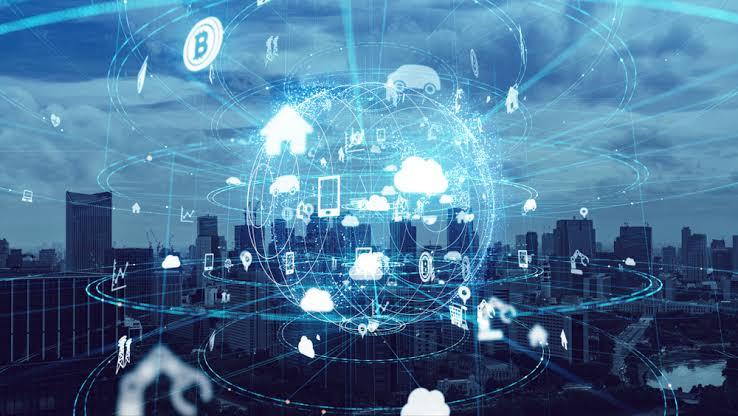Inquire
IoT- BASED SMART DISASTER MANAGEMENT SYSTEM

An IoT-based Smart Disaster Management System is an integrated solution that leverages the Internet of Things (IoT) to predict, detect, respond to, and recover from natural and man-made disasters more efficiently. This system uses a network of sensors, smart devices, data analytics, and communication technologies to provide real-time monitoring and actionable insights, enabling faster and more accurate decision-making during emergencies.
Key Components:
1. IoT Sensors
Seismic sensors for earthquake detection
Weather sensors for storms, floods, and cyclones
Gas & smoke detectors for fire and chemical leaks
Water level sensors in rivers, dams, and urban areas
Temperature and humidity sensors for drought and fire risks
2. Connectivity Modules
Wireless communication like LoRa, Zigbee, Wi-Fi, and cellular (4G/5G) for data transmission
Satellite communication for remote areas
3. Cloud Computing & Data Analytics
Collects and processes real-time data
AI and ML algorithms used to predict disasters and assess risks
Generates early warnings and alerts
4. Alerting System
Sends real-time alerts via SMS, mobile apps, sirens, drones, or public announcement systems
Integrates with social media and emergency services
5. Command and Control Center
Central dashboard for monitoring disaster status
Enables rapid coordination with emergency responders, hospitals, and rescue teams
Working Mechanism:
1. Detection & Prediction:
IoT sensors continuously monitor environmental parameters. If abnormal patterns (e.g., rapid rise in water level or ground vibrations) are detected, the system triggers an alert.
2. Real-Time Data Transmission:
Data is transmitted to cloud servers where it is analyzed using AI-based models to predict the severity and potential impact.
3. Alert Generation:
If a disaster is imminent, alerts are sent to local authorities, emergency services, and the public.
4. Resource Management & Response:
The system helps allocate rescue teams, medical aid, and resources effectively using GPS tracking and dynamic mapping.
5. Post-Disaster Assessment:
IoT devices such as drones and sensors are used to assess damage, locate survivors, and restore services.
Advantages:
Early warning reduces loss of life and property
Real-time monitoring enhances situational awareness
Automation reduces response time
Scalable and adaptable to different disaster types
Improves coordination between agencies
Example Applications:
Flood warning systems using river-level sensors
Forest fire detection using temperature and smoke sensors
Earthquake prediction with geophysical sensors
Industrial accident monitoring with gas leakage sensors
conclusion :
an IoT-based smart disaster management system plays a vital role in creating resilient and responsive infrastructure by combining real-time data with intelligent automation, helping communities better prepare for, respond to, and recover from disasters.
- Managerial Effectiveness!
- Future and Predictions
- Motivatinal / Inspiring
- Other
- Entrepreneurship
- Mentoring & Guidance
- Marketing
- Networking
- HR & Recruiting
- Literature
- Shopping
- Career Management & Advancement


 SkillClick
SkillClick